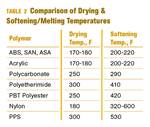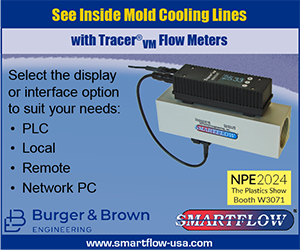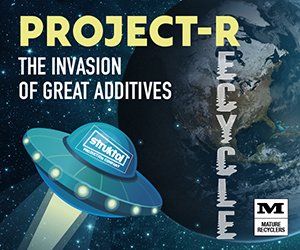Injection Molding: Hot Runner for Tight Spacing Of Small Parts
Side-gated hot runner called ideal for direct gating of small parts with a compact mold.
At last month’s Fakuma show in Germany, Husky Injection Molding Systems Ltd., Bolton, Ont., introduced a further development of its Ultra SideGate hot-runner system, aimed at high-cavitation molds with a small footprint. Now commercial is the Ultra SideGate Inline version, shown in prototype at K 2016 in Dusseldorf. Husky describes it as “ideal for direct gating small parts with a compact mold.” It is optimized for challenging applications with high-balance requirements, such as long-thin parts. While the Ultra SideGate offers one to four cavities per drop, with the tips arranged radially around the drop, the new Inline version feeds four cavities per drop, with two tips in a row on either side of the drop. The Inline version offers cavity spacing down to 18 mm, with optional individual tip control.
Ultra SideGate Inline is said to offer excellent gate appearance with around 0.05 mm vestige. Nozzle tips are mounted separately from the nozzle housing into one-piece cavity inserts before the hot-half assembly. Eliminating split cavities allows for superior part quality without flash or sharp edges that can be unacceptable in medical applications. It is also recommended for use with engineering resins, such as in automotive connectors.
Related Content
-
PEEK for Monolayer E-Motor Magnet Wire Insulation
Solvay’s KetaSpire KT-857 PEEK extrusion compound eliminates adhesion and sustainability constraints of conventional PEEK or enamel insulation processes.
-
K 2022 Preview: Engineering Materials for Sustainability and E-Mobility
Materials that are sustainable yet offer equal performance to their fossil-based counterparts will be prominent at K 2022.
-
Atop the Plastics Pyramid
Allegheny Performance Plastics specializes in molding parts from high-temperature resins for demanding applications as part of its mission to take on jobs ‘no one else does.’
.png;maxWidth=970;quality=90)







.png;maxWidth=300;quality=90)


